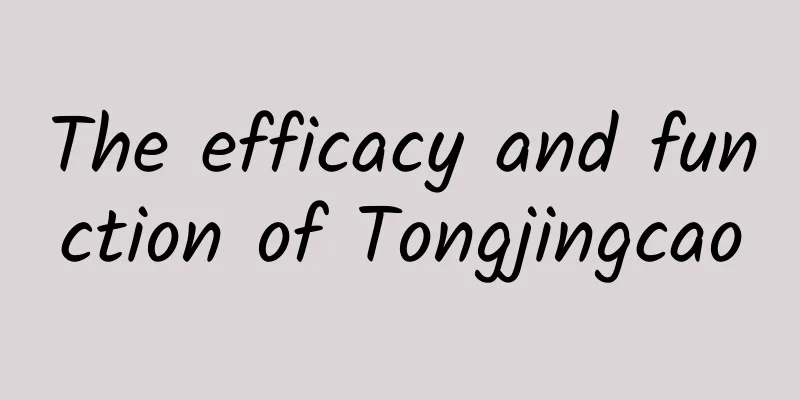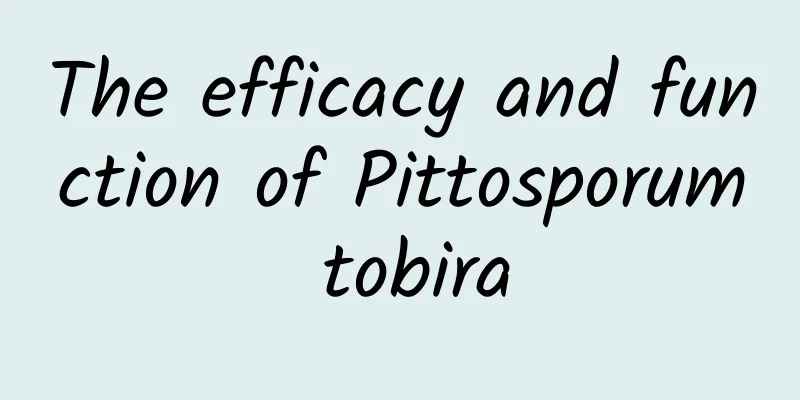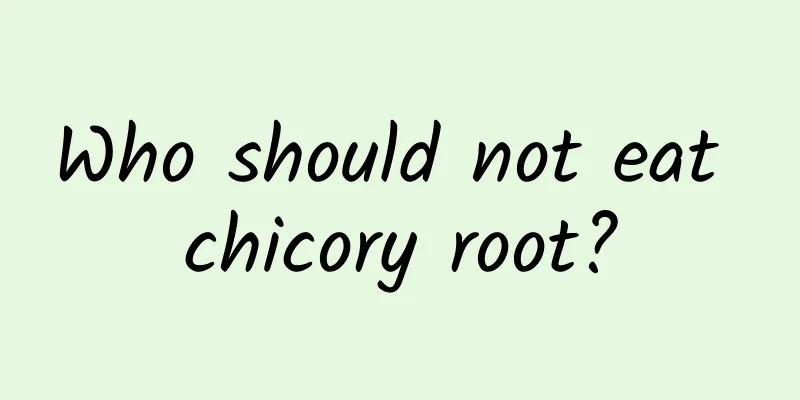The efficacy and function of Tongjingcao

|
In daily life, people are not only very familiar with various foods, but also come into contact with a lot of medicines in daily life. Among them, Tongjingcao is a relatively common Chinese medicinal material. Given that there are still many people who don’t know much about Tongjingcao, let’s take a detailed look at it below. [Other names] Golden silk grass (Shanxi Chinese Materia Medica), Zhijingcao, Golden Thread and Copper Skin, Iron Bone Grass (Zhejiang Chinese Medicine Resource Directory), Fenjingcao, Xiaohai's Fist, Stretching Tendon Grass (Henan Chinese Herbal Medicine Handbook). [Source] The whole plant of the Chinese fern family . Collected in autumn and sun-dried. [Original form] Perennial herb, 20 to 40 cm high. The rhizome is erect, densely covered with bright black lanceolate scales with reddish-brown edges, and the leaves are clustered; the petiole is 7-20 cm long, shiny, brown-chestnut, and hairless except for the base which is covered with scales; the leaf blade is pentagonal, 7-10 cm long, 5-8 cm wide, 2-3 times pinnate-shaped, the lower pinnae is the largest, oblique triangle, and pinnate-shaped again, the lobes are linear-oblong; the nutrient leaves are slightly serrated, the underside of the leaves is covered with yellow powder, and rarely without powder, the leaves are slightly thick, and the midaxis is brown-chestnut. The sporangium groups are mostly distributed on the edges of leaves. They are brown, narrow and continuous, and the inner edge of the sporangium cover is sparsely rounded. [Habitat distribution] Growing in rock crevices. Distributed in Yunnan, Guangxi, Jiangxi, Zhejiang, Taiwan, Shaanxi, Shanxi, Hebei, Shandong, Inner Mongolia, Northeast China and other places. Produced in Shanxi, Zhejiang, Shaanxi and other places. [Properties] The whole plant is dried, the petioles are as thin as golden threads, brown chestnut, shiny, hollow, with a green heart in the middle, the leaves are green on the upper side, grayish white on the lower side, and there are sporangia on the edges. The rhizome is dark brown, covered with scales, and has numerous fibrous roots. No odor, light taste. [Chemical composition] The leaves contain acerola acid, sucrose and flavonoids. [Properties and flavors] "Henan Chinese Herbal Medicine Handbook": "Neutral, light taste; leaves: bitter." 【Functions and indications】Relieve cough, regulate menstruation, and eliminate dampness. Treats cough, irregular menstruation, and leucorrhea. [Usage and Dosage] For oral use: decoct in water, 3 to 5 qian. [Additional prescription] For treating irregular menstruation and leucorrhea: one liang of Fenjingcao. Decoction in water. (Henan Chinese Herbal Medicine Handbook) 【Excerpt】 《*Dictionary》 【Source】 From Shanxi Traditional Chinese Medicine Records The above is an introduction to the effects and functions of Tongjingcao. If you want to consume Tongjingcao, it is best to consult a Chinese medicine doctor. I hope this helps you all. |
<<: The efficacy and function of Tonghua root
>>: The efficacy and function of Tongtiancao
Recommend
This action is really harmful to the body, but many people do it every day! Solution →
I believe everyone has heard that sitting for a l...
Effects and functions of Catalpa strychnifolia
Catalpa ovata is a medicinal material frequently ...
Brief discussion: What are we still missing in the puzzle of creating scientific miracles?
Only free people can discover and love the truth;...
The kingdom war is about to begin. Let's see how the army of summer eczema is defeated...
A long time ago, there were two neighboring but i...
The efficacy and function of Stachys glabra
There are so many medicinal herbs in the world, a...
Revealed! Why do some people's ashes appear colorful after cremation?
Follow "Body Code Decoding Bureau" (pub...
Does a child learn bad things when he lies? In fact, lying is not something you can learn.
How old were your children when you first discove...
How did the chicken, a “little cowardly bird”, conquer the world step by step?
© JOHN TOWNER Leviathan Press: What's your fa...
Entgroup Consulting: In April 2013, the transaction volume of movie ticket group purchase in China reached 330 million yuan, a month-on-month increase of 50%.
In April 2013, the transaction volume of movie ti...
What water should you not drink? 6 types of water you should drink less, including the water from the water dispenser
Water is the source of life. If a person does not...
Large salamander fossils discovered in Namibia, will the history of tetrapod evolution be rewritten?
Produced by: Science Popularization China Author:...
Why are girls more likely to be hurt? It’s not because they are being coquettish or pretentious, they are really more afraid of pain!
One minute with the doctor, the postures are cons...
No teeth, bald buttocks, big pectoral muscles, why modern birds look so weird
Confucius would never have imagined that his name...
The efficacy and function of licorice root
We can often see licorice heads in daily life, so...









